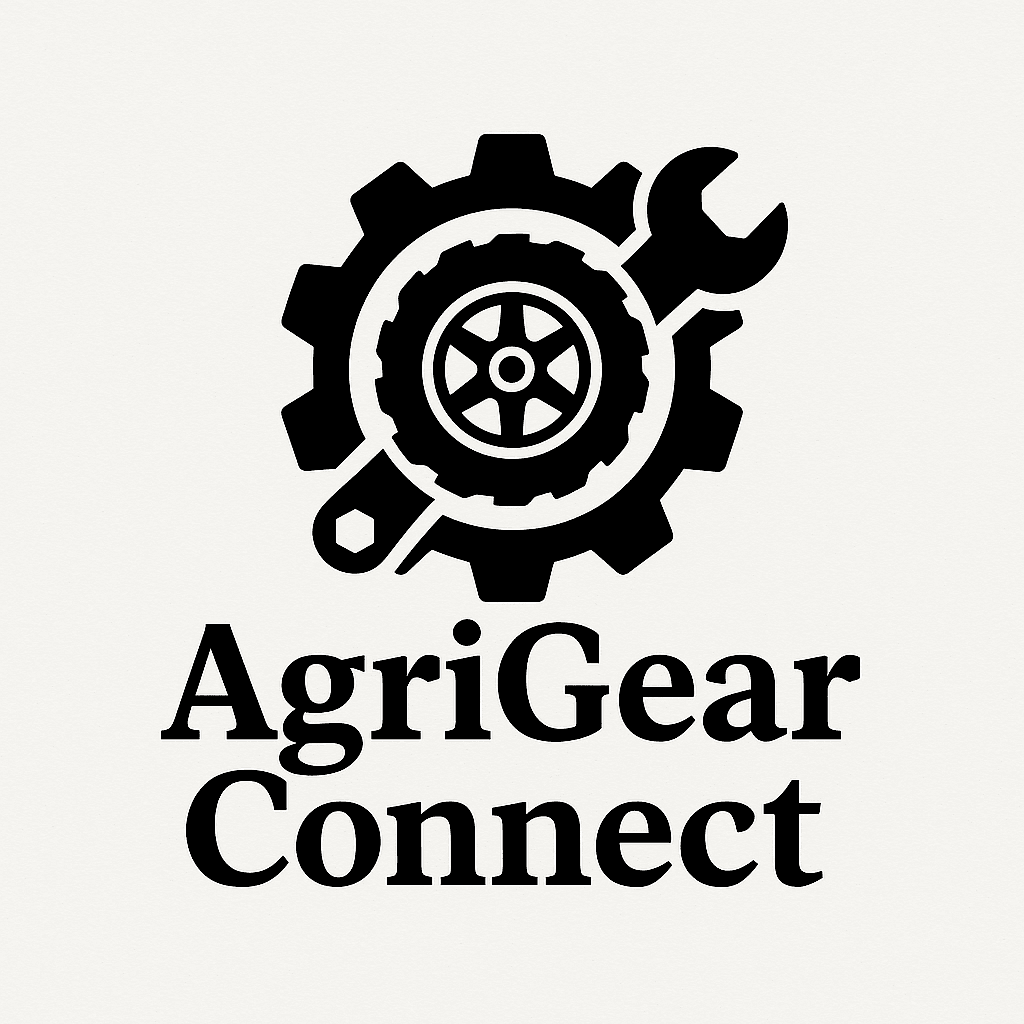Buying a used tractor can be a smart investment — but only if you know what to look for. In this used tractor buying guide, we’ll walk you through the essential steps to inspect a second-hand tractor before making your purchase. Whether you’re in the Garden Route, Western Cape, or anywhere else in South Africa, these tips will help you avoid costly mistakes and get the most value for your money.
Why Buy a Used Tractor?
Tractors are built to last — often running strong for decades when maintained properly. A well-maintained second-hand tractor can offer:
- Substantial cost savings
- Shorter lead times compared to new models
- Access to proven, easy-to-repair older models
- Great value for small-scale and part-time farmers
But without proper inspection, that bargain deal could turn into a financial burden. That’s why a thorough pre-purchase inspection is essential.
Step-by-Step Used Tractor Inspection Checklist
1. Start With the Paperwork
Before even looking at the machine:
- Verify ownership: Ask for a copy of the logbook or registration papers.
- Service history: Check if there are maintenance logs or records.
- Import origin (if applicable): Confirm the tractor is legally imported and compliant with local regulations.
- Outstanding finance: Ensure it’s not under loan or financial lien.
Tip: Avoid sellers who refuse to provide documentation — it’s a red flag.
2. Inspect the Engine
The heart of any tractor is its engine. Run a visual and operational check:
Visual Check:
- Look for oil leaks, especially around the head gasket and oil pan.
- Check hoses and belts for cracks or wear.
- Inspect the air filter and oil levels.
Startup Test:
- Start the tractor cold. Excessive white or blue smoke could mean trouble.
- Listen for knocking sounds or irregular idling.
- Watch how quickly the engine starts — slow cranking may mean battery or starter issues.
Bonus Tip: Let it idle for 10–15 minutes to check for overheating or pressure issues.
3. Transmission & Clutch Health
Test drive the tractor and go through every gear. Common signs of transmission wear include:
- Difficulty shifting
- Slipping gears
- Grinding or whining noises
- A clutch that grabs too quickly or fails to engage fully
Tip: Clutch repairs can be expensive — don’t skip this step.
4. Check the Hydraulics & PTO
In most farm tasks, hydraulics and PTO (Power Take-Off) functionality are non-negotiable.
- Attach a basic implement (if available) to test hydraulic lift.
- Raise and lower the arms under load.
- Ensure hydraulic hoses are not leaking.
- Engage the PTO at low and high speeds — listen for whining, grinding, or non-engagement.
Hydraulic system repairs can cost tens of thousands of rands, so inspect this carefully.
5. Tyres & Undercarriage
Used tractor tyres can be pricey to replace. Inspect:
- Tyre tread depth — anything under 30% should factor into your price.
- Sidewall cracking — a sign of dry rot.
- Wheel alignment and frame — check for uneven wear, bends, or signs of hard impact.
Also check the axles and undercarriage for rust or structural damage.
6. Steering & Suspension
A working tractor should steer smoothly, with no excessive play or drift. Test:
- Response time and resistance in the steering wheel.
- Signs of leaks in power steering lines.
- Front axle for cracks, welds, or excessive wobble.
If it pulls to one side, it could mean misalignment or suspension damage.
7. Brakes & Safety Systems
Reliable brakes are essential for safety on hilly farms or when towing implements.
- Test both foot brakes and handbrake.
- Drive at moderate speed and apply the brakes — check for responsiveness.
- Inspect the brake fluid reservoir for leaks or contamination.
Don’t forget lights, indicators, and horns if you plan to road-register the vehicle.
8. Cabin Comfort & Electrical System
A good electrical system makes a huge difference in long-term performance.
- Test dashboard gauges (oil pressure, RPM, fuel, temperature).
- Check all switches, lights, and battery condition.
- In newer models, test climate controls, wipers, and seat adjustments.
Cracked seats, worn levers, or a damaged canopy should be noted and used to negotiate price.
9. Look for Signs of Hard Work or Abuse
Some wear is normal. But avoid units that show:
- Welds in the frame (indicating major damage)
- Broken mounts or heavily bent parts
- Mismatched or painted-over parts (to hide issues)
- Rust around structural or engine areas
A well-used machine is fine — a badly abused one is not.
10. Ask Questions
Always ask the seller:
- Why are you selling the tractor?
- Has it done mainly light or heavy-duty work?
- Any recent repairs or issues?
- Who did the servicing (professional or DIY)?
A transparent, confident seller is a good sign. Evasive or vague answers? Be cautious.
Final Buying Tips
- Take a mechanic or experienced farmer with you if possible.
- Research the going market price for that make and model.
- Don’t feel rushed. If something feels off — walk away.
- Negotiate fairly based on faults you’ve found.
Where to Find Quality Used Tractors in South Africa
Looking for trustworthy local listings? At AgriGear Connect, we make it easy for farmers and workshop owners across the Western Cape and Garden Route to:
- Post their own second-hand tractor ads
- Browse updated listings by category and location
- Connect directly with verified sellers
Conclusion
Buying a used tractor doesn’t have to be risky. With the right inspection checklist and a bit of patience, you can score a reliable machine that serves your farm for years to come.
This used tractor buying guide is designed to help you ask the right questions, spot red flags, and negotiate confidently.
📩 Got a tractor to sell or want help with your first purchase?
Visit AgriGear Connect, post your ad, or contact us for help!

Leave a Reply